Kitten Season Is Coming!
Animal Shelter Expert Offers Advice for Fostering and Adopting a Cat or Kitten in Santa Barbara.
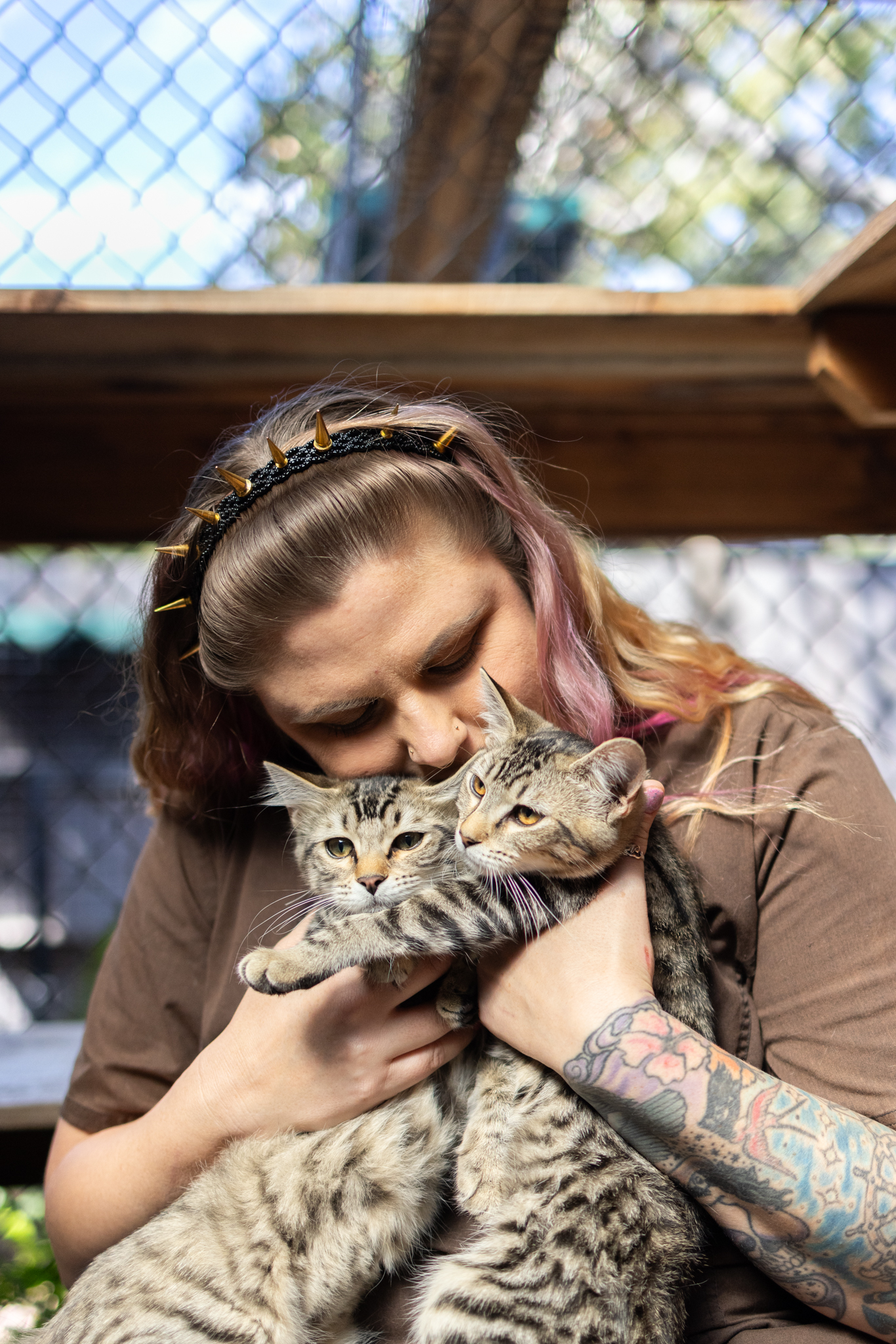
In the days before the pampered house cat, when our domesticated feline friends lived in barns or storehouses as pest control, tiny kittens born in the depths of winter had little chance of survival. Thus, female cats evolved to have a winter dormancy in their reproductive cycle, which comes alive with fertility as the weather warms to spring. This seasonal fecundity has given rise to what we in the cat-rescue industry refer to as “kitten season” — that magical time of year between May and October when a seemingly endless parade of baby puffballs inundates the shelter.
For reference, one unaltered (not spayed) female cat can become pregnant as early as 4 months old. The gestation for a litter of kittens is about two months, and the average number of kittens per litter is four to six. Once that female cat has given birth, there’s no “downtime” before the next fertile period — meaning they can get pregnant and start the cycle over almost immediately. Do the math: If one unaltered female gives birth to eight kittens a year, and the female half of those litters each give birth to eight kittens the following year, and so on — it’s not long before you have a colony of 250 feral cats forming an army in the field behind your house.
But this is not a spay/neuter PSA, nor is it a call to keep your cats indoors (though both are good ideas). This is instead a guide for handling found kittens this spring/summer as their numbers explode into the community. As a longtime volunteer with ASAP, the Animal Shelter Assistance Program cat shelter in Santa Barbara, I’ve seen my share of kittens found in dumpsters, car engines, crawl spaces, and, once, gently cradled in a dog’s mouth.
Assess Before Acting
If you find a litter or even a single kitten, first assess the situation. If the kittens are sick or injured; or cold, lethargic, malnourished, dirty, or flea-ridden; or loudly, continuously squeaking for mom, the mama cat may be lost or dead. Kittens do not have the ability to regulate their body temperature for the first several weeks of their lives, and they will die without a heat source (this usually comes from mama cat or other kittens in the litter).
If the kittens are in distress, place them in a warm, soft container (a small box with a bottle of hot water stuffed beneath the fabric of an old sweatshirt works), and bring them to ASAP (the County Animal Shelter, 5473 Overpass Rd., off of Patterson Rd. in Goleta).
If the kittens seem warm and content, monitor the situation to make sure mama cat comes back from hunting. If so, leave the kittens to mama cat’s care — she will do a good job raising them until they are old enough to be weaned and separated from her.
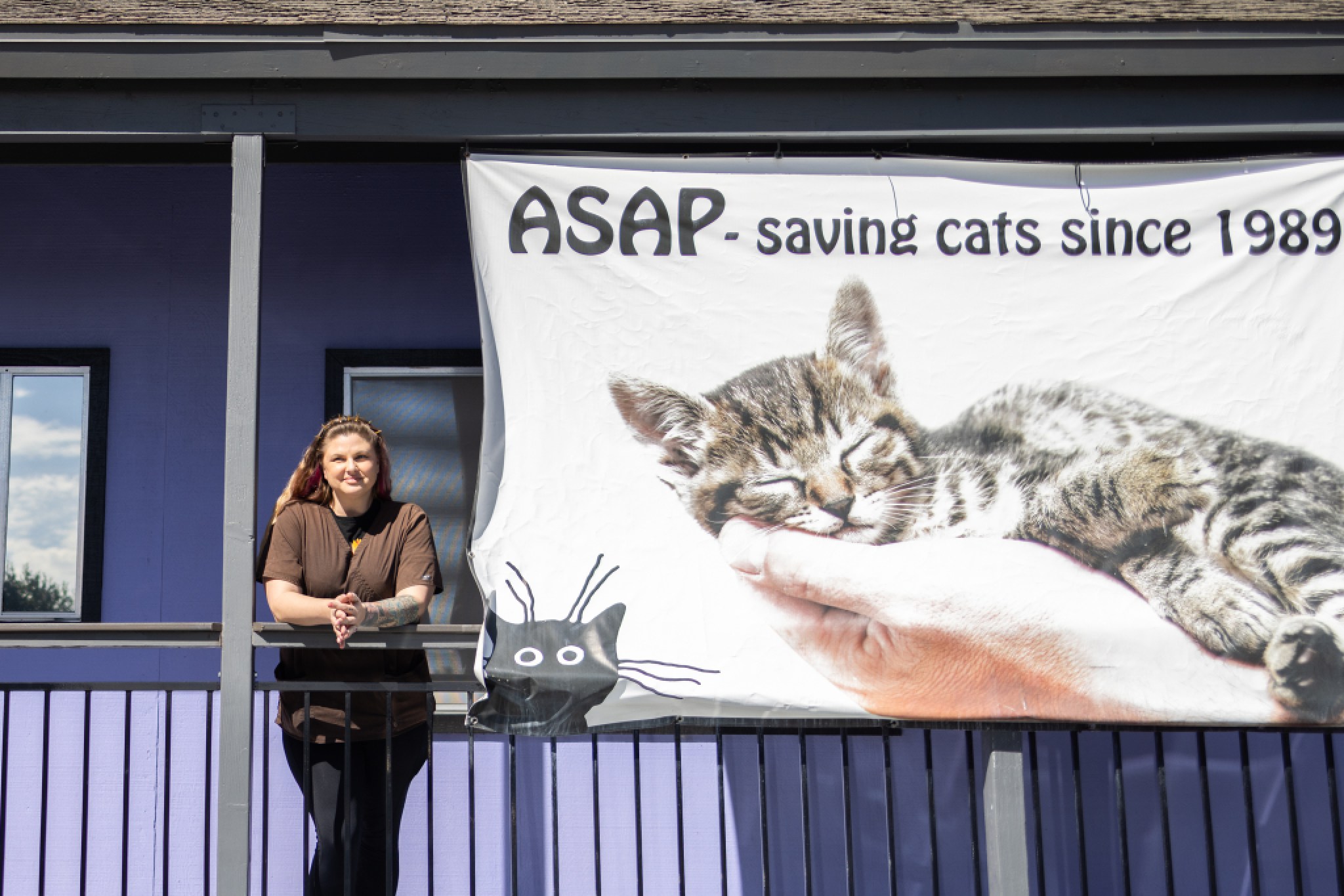
About ASAP
ASAP is a nonprofit cat shelter and adoption center for our homeless feline friends. When cats of any age come to ASAP, we assess them behaviorally and medically and determine their path to placement. For most cats, this means hanging out on the adoption floor, eating, sleeping, playing, and socializing until they find their new family. Orphaned kittens go straight into foster care until they are old enough to be altered and vaccinated (around 8-10 weeks). After that, they join the ranks on the adoption floor.
Adoption Tips
Are you ready for the joys of kitten parenthood? It’s glorious, but also akin to wild broncos tearing through your house at all hours of the day and night. It is not low-key. It is full of magical moments, but it’s also messy and chaotic. There are few exceptions to this rule, so expect a fair amount of anarchy when you adopt (what we call) “tiny terrorists.” For this reason, ASAP adoption counselors recommend adopting two kittens at once: It may seem counterintuitive, but if kittens have each other to chase and pummel and chew and pounce on, they are less likely to annoy your dog, unroll your toilet paper, and climb your curtains. It will still feel like bedlam, but two kittens will focus their plentiful energy on each other, whereas a bored singleton may unpot all your houseplants while you’re out shopping.
If you do plan to let your cat outside to roam and hunt and feel the wind in their fur, wait until your kitten is at least 6 months old, when they are big enough and fast enough to escape the dangers of the outside world, including cars, coyotes, and other cats. Indoor cats generally live about 10 years longer than outdoor cats, and they have fewer medical issues such as poisonings, wounds, or illnesses. We love a cat that hangs out on your porch or chases flies in your backyard! We don’t love a cat that runs across busy streets to spray the neighbor’s front door and fight the cat down the block, developing infected bite wounds and gathering communicable diseases.
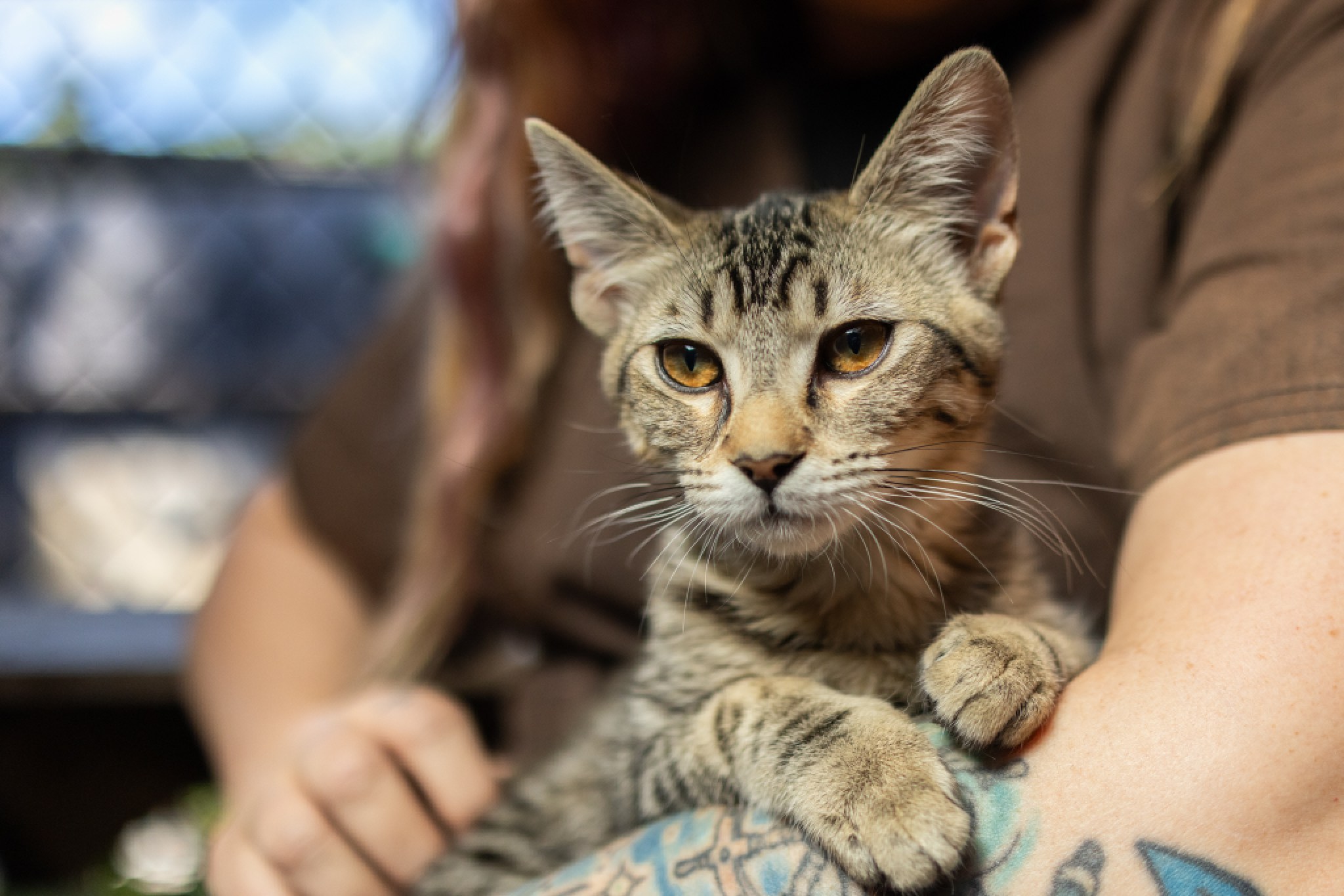
Volunteer and Foster Opportunities
ASAP is almost completely run by volunteers, so if you are interested in getting involved at the shelter or fostering cats, you can sign up on our website. If you like bottle-feeding every few hours and the mewing of tiny infants, consider being a kitten fosterer. When adult cats are in the shelter for a long time, or if they are frustrated and angry by the bustle of shelter life, we sometimes place them in foster care for a short period to get them a change of scenery and some one-on-one socialization and attention. We also offer hospice foster care for our older or ill cats. If you take a geriatric or ailing cat into your home, ASAP will provide all the necessary resources, including food, litter, and medical attention so our cats’ final days are spent on laps rather than in the shelter.
ASAP also works behind the scenes to home less-placeable cats in alternative situations. Volunteer trainers in our Tiny Lions program socialize feral kittens with positive experience and reinforcement. Most of our Tiny Lions graduate with honors and go on to be adopted. Some kittens, however, show a real distaste for human companionship, whether that be constant fear or aggressive outbursts. These cats enter our Working Cats program, in which we place unsocialized cats at properties (like barns or wineries) needing rodent control. If you can offer food, water, and a safe, dry place to sleep, these working cats will keep your rodent population down and live happily independent lives.
How You Can Help
The ASAP shelter is a boon to the community, but one that runs on the enthusiasm of the public. The recent winter storms destroyed large swaths of our facility’s roof, leaving open holes in the ceiling currently covered by tarps, which is … not ideal. Due to our recent partnership with the Cat Therapy Café in downtown Santa Barbara, many of our most social felines are living that summer-camp life until they are adopted, but with kitten season coming in April, our kennels will soon be overflowing! If you’d like to aid ASAP in our very important mission, you can volunteer, foster, or donate to our nonprofit. And if you’re thinking about adopting a kitten this spring, you’re in luck … kitten season is coming!
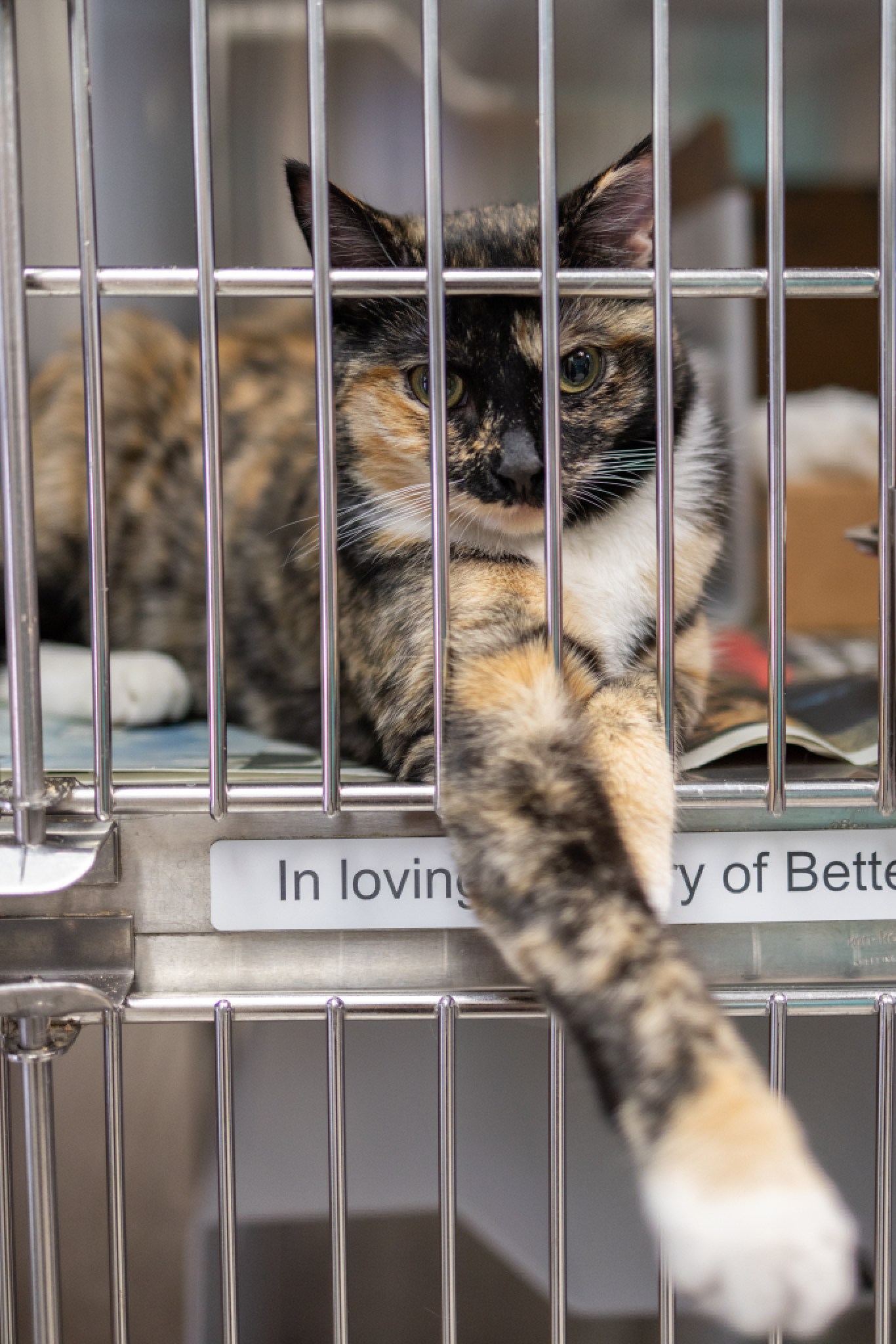
Premier Events
Sun, Apr 28
6:00 PM
Santa Barbara
AHA! Presents: Sing It Out!
Thu, May 02
5:00 PM
Santa Barbara
Things with Wings at Art & Soul
Sat, May 04
10:00 AM
Lompoc
RocketTown Comic Con 2024
Sun, Apr 28
11:00 AM
Santa Barbara
Santa Barbara Earth Day Festival 2024
Wed, May 01
7:30 PM
Santa Barbara
American Theatre Guild Presents “Come From Away”
Thu, May 02
5:00 PM
Santa Barbara
100th Birthday Tribute for James Galanos
Thu, May 02
5:00 PM
Santa Barbara
Meet the Creator of The Caregiver Oracle Deck
Fri, May 03
4:00 PM
Santa Barbara
Santa Barbara Fair+Expo “Double Thrill Double Fun”
Fri, May 03
8:00 PM
Santa barbara
Performance by Marca MP
Sat, May 04
10:00 AM
Solvang
Touch A Truck
Sat, May 04
11:00 AM
Santa Barbara
Mental Wellness Center’s 28th Annual Arts Faire
Sat, May 04
11:00 AM
Santa Barbara
Community History Day
Sat, May 04
3:00 PM
Solvang
The SYV Chorale Presents Disney Magic Concert
Sun, Apr 28 6:00 PM
Santa Barbara
AHA! Presents: Sing It Out!
Thu, May 02 5:00 PM
Santa Barbara
Things with Wings at Art & Soul
Sat, May 04 10:00 AM
Lompoc
RocketTown Comic Con 2024
Sun, Apr 28 11:00 AM
Santa Barbara
Santa Barbara Earth Day Festival 2024
Wed, May 01 7:30 PM
Santa Barbara
American Theatre Guild Presents “Come From Away”
Thu, May 02 5:00 PM
Santa Barbara
100th Birthday Tribute for James Galanos
Thu, May 02 5:00 PM
Santa Barbara
Meet the Creator of The Caregiver Oracle Deck
Fri, May 03 4:00 PM
Santa Barbara
Santa Barbara Fair+Expo “Double Thrill Double Fun”
Fri, May 03 8:00 PM
Santa barbara
Performance by Marca MP
Sat, May 04 10:00 AM
Solvang
Touch A Truck
Sat, May 04 11:00 AM
Santa Barbara
Mental Wellness Center’s 28th Annual Arts Faire
Sat, May 04 11:00 AM
Santa Barbara
Community History Day
Sat, May 04 3:00 PM
Solvang


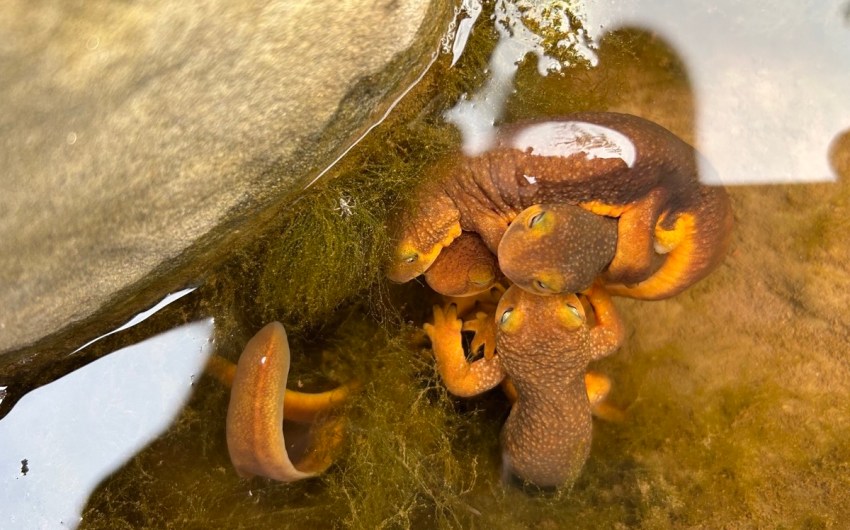






















You must be logged in to post a comment.